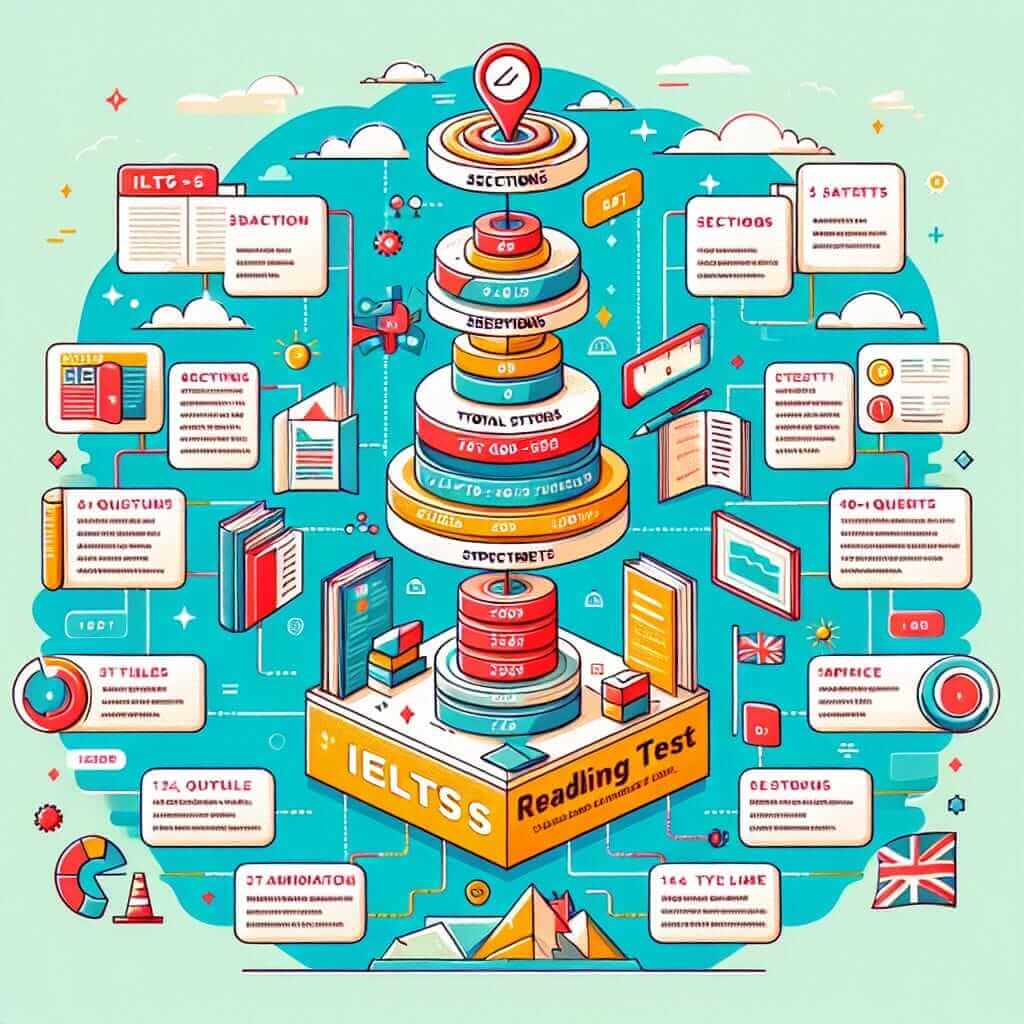The IELTS Reading test often poses a significant challenge for test-takers, even for those confident in their English skills. This section aims to equip you with effective strategies and practical tips to boost your reading comprehension and ultimately achieve a high score.
Understanding the IELTS Reading Test
Before delving into the tips, let’s understand the structure of the IELTS Reading test. You’ll have 60 minutes to answer 40 questions, covering a range of text types, including articles, extracts from books, journals, magazines, and online resources. The difficulty level typically increases as you progress through the sections.
Effective Strategies for IELTS Reading Success
1. Develop Skimming and Scanning Skills
Skimming involves quickly glancing through the text to grasp the main idea and overall structure. Scanning involves locating specific information, such as dates, names, or keywords.
Example: Imagine you’re looking for the answer to a question about the year a particular event occurred. You would quickly scan the text for numbers and years until you locate the relevant information.
2. Improve Your Vocabulary
A strong vocabulary is essential for understanding complex texts. Make a habit of learning new words and practicing their usage in context.
Example: The word “detrimental” might appear in a text about environmental issues. Understanding its meaning (“harmful”) is crucial to comprehending the passage.
3. Master Different Question Types
Familiarize yourself with the various question types, such as multiple choice, sentence completion, matching headings, and true/false/not given. Each type requires a different approach and understanding of the question’s demands.
Example: For a “matching headings” question, you need to identify the main idea of each paragraph and match it to the most appropriate heading.
4. Pay Attention to Keywords
Identify keywords in both the questions and the text. These keywords act as signposts, guiding you to the relevant information.
Example: If a question asks about the “economic impact of tourism,” the keywords “economic” and “tourism” will lead you to the relevant section of the text.
5. Manage Your Time Effectively
Time management is crucial in the IELTS Reading test. Allocate your time wisely, aiming to spend around 15 minutes per passage.
Example: Don’t get bogged down on a single question. If you’re struggling, move on and return to it later if time permits.

Common Mistakes to Avoid
1. Reading Every Word
Resist the urge to read every single word. Focus on understanding the main points and using skimming and scanning techniques to locate specific information.
2. Ignoring Instructions
Carefully read and understand the instructions for each question type. Misinterpreting instructions can lead to incorrect answers.
3. Panicking Under Pressure
It’s natural to feel some pressure, but try to stay calm and focused. Take deep breaths and remind yourself of the strategies you’ve learned.
Practice Makes Perfect
Consistent practice is key to improving your reading skills. Utilize authentic IELTS practice materials, such as past papers and sample tests. Analyze your mistakes and identify areas for improvement.
Conclusion
Achieving a high score in the IELTS Reading test requires a combination of effective strategies, vocabulary development, and consistent practice. By focusing on these areas and avoiding common pitfalls, you can approach the test with confidence and achieve your desired results. Remember, the key is to work smart and stay persistent in your preparation. Good luck!